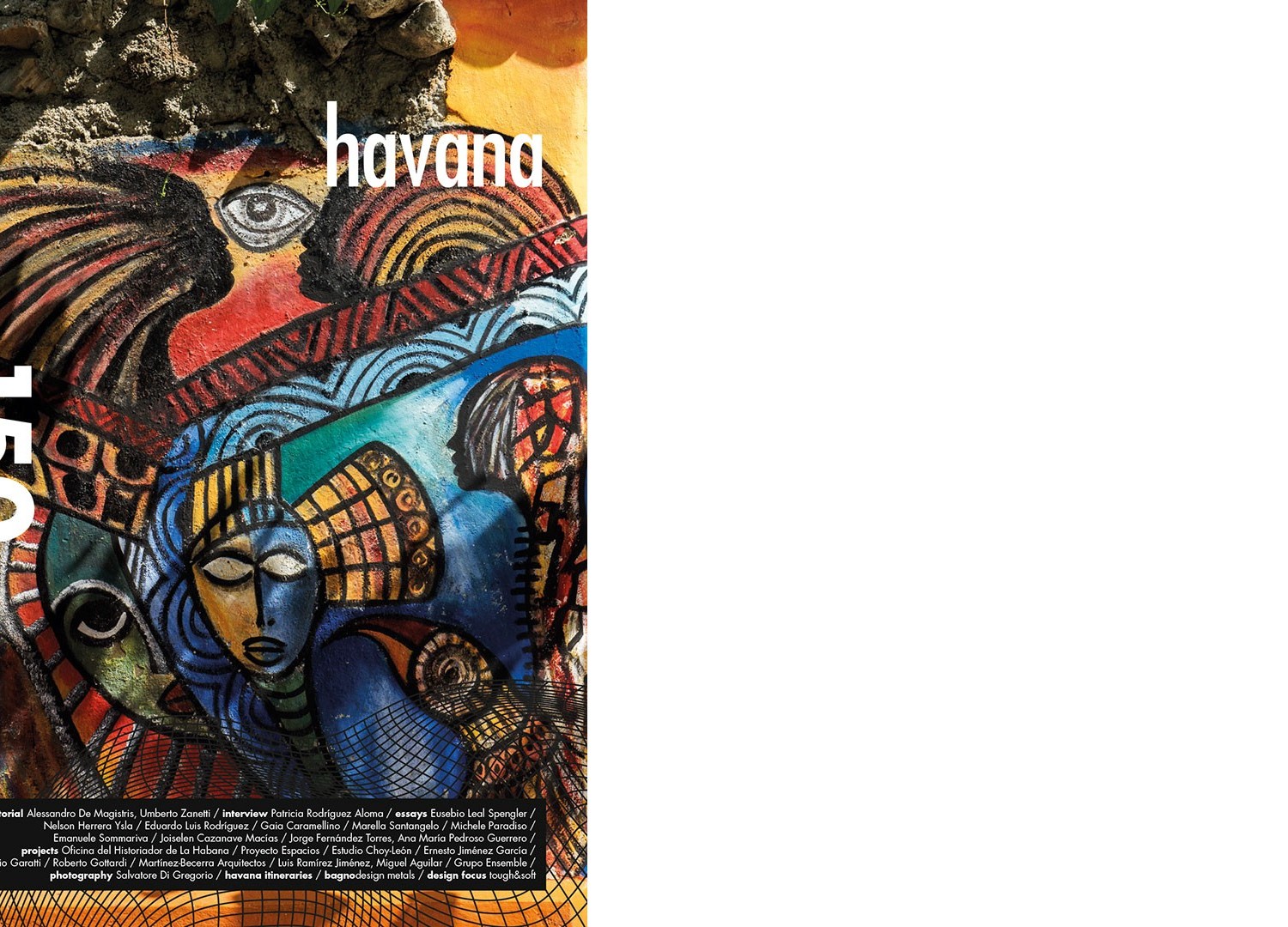
Havana: from restauration to renewal
Following the recent demise of the “soldier of ideas” as he was described by the leader of Cuban workers, or the “Lider Maximo” commonly known to all as Fidel Castro, it remains to be seen what future lies ahead in terms of the architecture and landscape (our small yet important field of investigation) resulting from the socialist revolution on the most famous and geographically largest Caribbean island. Undoubtedly, the current phase marks a historic step that invites us to reflect further on the paths Cuban architecture has taken throughout the 20th century and, in particular, the contribution made by the Revolution and its prospects in anticipation of a scenario that will inevitably be different. Nevertheless, the preparation and content of this issue of the magazine overlook the inevitable commotion of Cubans flocked to witness and claim their political and social identity (preparation of the issue began months before the aging leader‘s death), as well as the irreverent title “Cuba libre“ found in many Italian and international newspapers, ideologically adverse to Castro’s regime, since the theme, namely Cuba through its capital, its architecture, its landscape, its urban transformation, are indisputably of great interest for many reasons, among which, not least the insufficient literature on the subject. Research conducted by the magazine’s editors, with the precious collaboration of the curators, numerous scholars, academics, architects, and protagonists of the architectural debate both in Cuba and worldwide, has been carried out because for years there has been a feeling that Cuba, owing to many internal and global factors is, or rather will be, a place of imminent transformation that will affect the entire urban landscape. Undoubtedly, the current face of Havana, its beautiful capital, shows the effects of the embargo with its economic poverty and the overall isolation of a system which, after the subsequent enthusiasm for the Revolution, was forced to tackle basic needs and the challenges of History. To corroborate the ambitions and fractures of a season yearning for a political and cultural battle aimed at international mobilization – especially directed at the countries of the so-called “Third world” –, is the outstanding testimony of what must be considered the most important centre of Pan-American arts designed by the extraordinary architects Garatti, Gottardi and Porro. That abruptly interrupted and only partially used complex, is now a dream that would seem destined to be completed. Indeed, by planning the new, Havana has begun to restore and enhance the value of its past as evinced, in particular, by the meritorious work of Eusebio Leal, who has dedicated his life to retrieving the capital’s preexisting historical elements and symbolic buildings, from the Capitolio to the Teatro Nacional and the streets and squares of the centre. An architectural heritage of great value and beauty which will no doubt be combined in the future with infrastructure projects that will reshape the face of tomorrow’s city, from the waterfronts to the indispensable accommodation structures related to the tourist industry, perhaps the country’s chief opportunity. In this highly interesting, hopeful scenario, the role of the architect moves in a peculiar context, since there is currently still no freelance activity in Cuba. However, since the free exercise of the arts is effective, the project, intended as an individual intellectual contribution is more easily expressed through design and craftmanship, or moves in different places. This would explain why some of the protagonists of the local architectural debate have small studios abroad, including the Dominican Republic, Spain and Portugal, where they can test out their design theories. Indisputably present and verifiable is that intellectual energy which, reflecting on its own identity and on the value of architecture as an art dedicated to living, will be of great use as long as Cuba continues to develop and become at one with its own history and its own economic, social and political framework.
Marco Casamonti
Download cover
Download table of contents
Download introduction of Marco Casamonti


